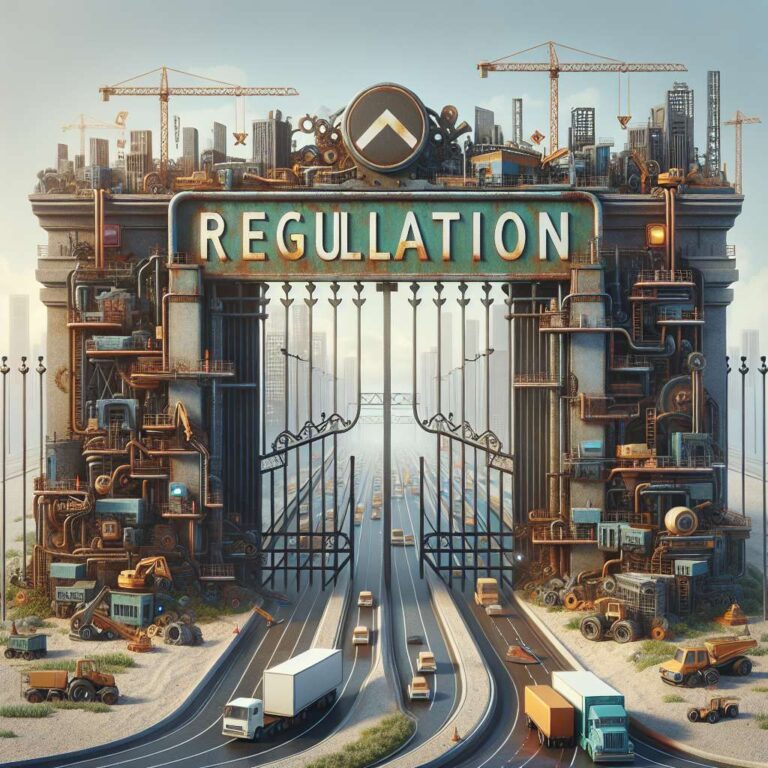The competition authority´s push to impose ´strategic market status´ on Google´s search product risks locking in rules that reflect yesterday´s market, not the one being reshaped by generative capabilities. The article argues that regulators are attempting to fix perceived competitive problems at precisely the moment when new technologies and investment are redrawing boundaries, and that heavy-handed interventions will deter the infrastructure spending needed for the next wave of capability.
Historically, dominant platforms have been vulnerable to rapid disruption. The piece recalls how market leaders such as nokia and myspace lost their positions within a short span, and how internet explorer ceded ground to firefox and chrome. Those examples are used to underline a single point: network advantages can erode fast when innovation accelerates. Today, google faces intense pressure from new generative tools, and cloud providers are competing on integrated artificial intelligence services as much as on raw compute and storage.
The author says the CMA´s cloud market probe into amazon and microsoft is anchored in a pre‑november 2022 view, before chatgpt transformed demand and triggered massive investment in ai‑optimised data centres, gpu clusters and platform integrations. That timing matters. Remedies based on high switching costs and legacy licensing assumptions risk misreading how firms now buy and build. Investors decide where to site future capacity on the signals regulators send today; uncertainty or intrusive obligations could nudge projects away from the uk.
The piece also flags a political conundrum: ministers have expressed a desire for growth, yet left intact statutory powers that allow the competition authority to act pre‑emptively with lower evidential thresholds. The author calls for a review of those powers, arguing that without reform quangos may entrench markets in outdated configurations and chill the very investment the uk needs to be an ´artificial intelligence maker, not an artificial intelligence taker´. The commentary closes by noting the authoring source and urging a rethink of regulatory timing and proportionality.

